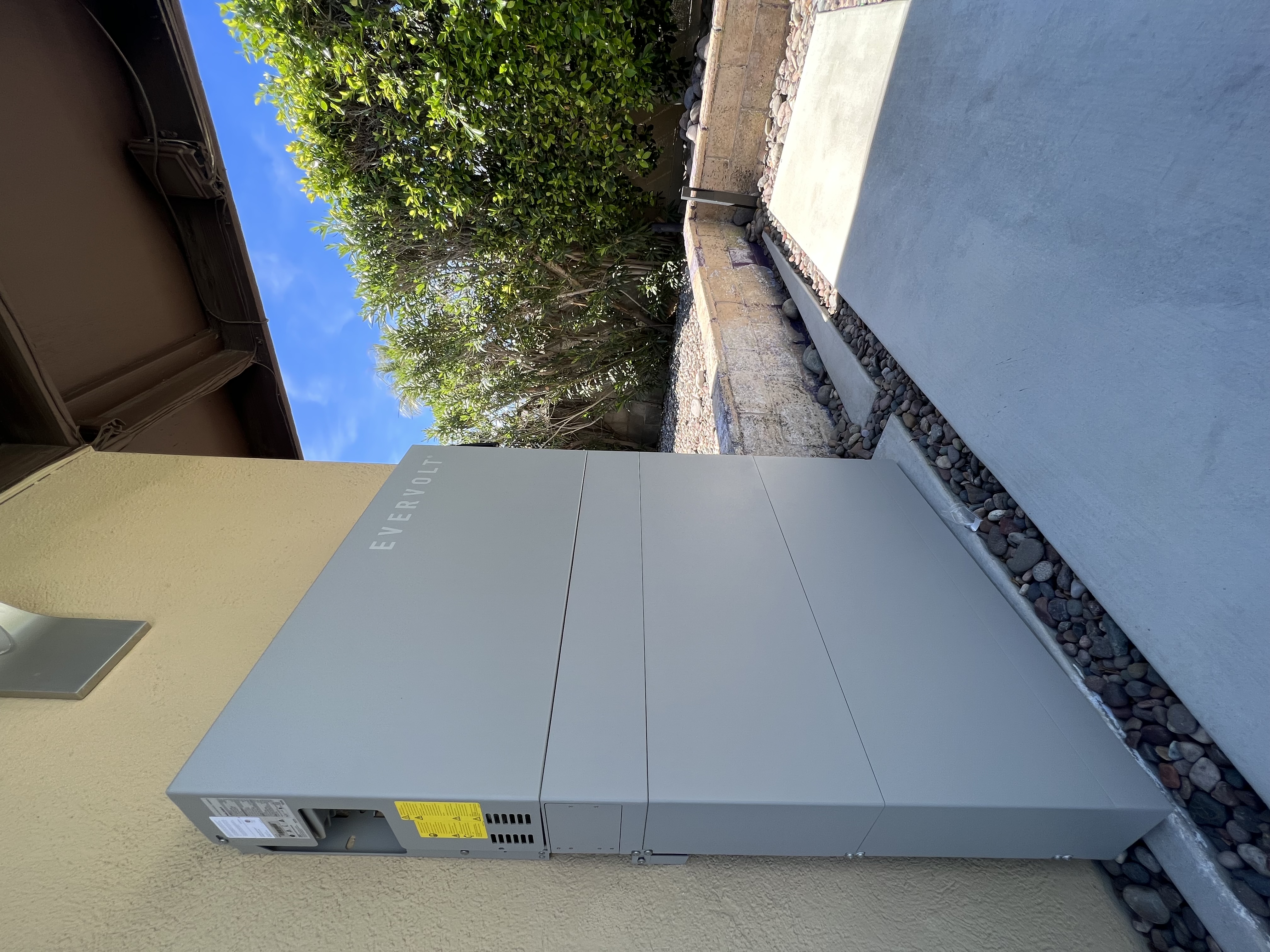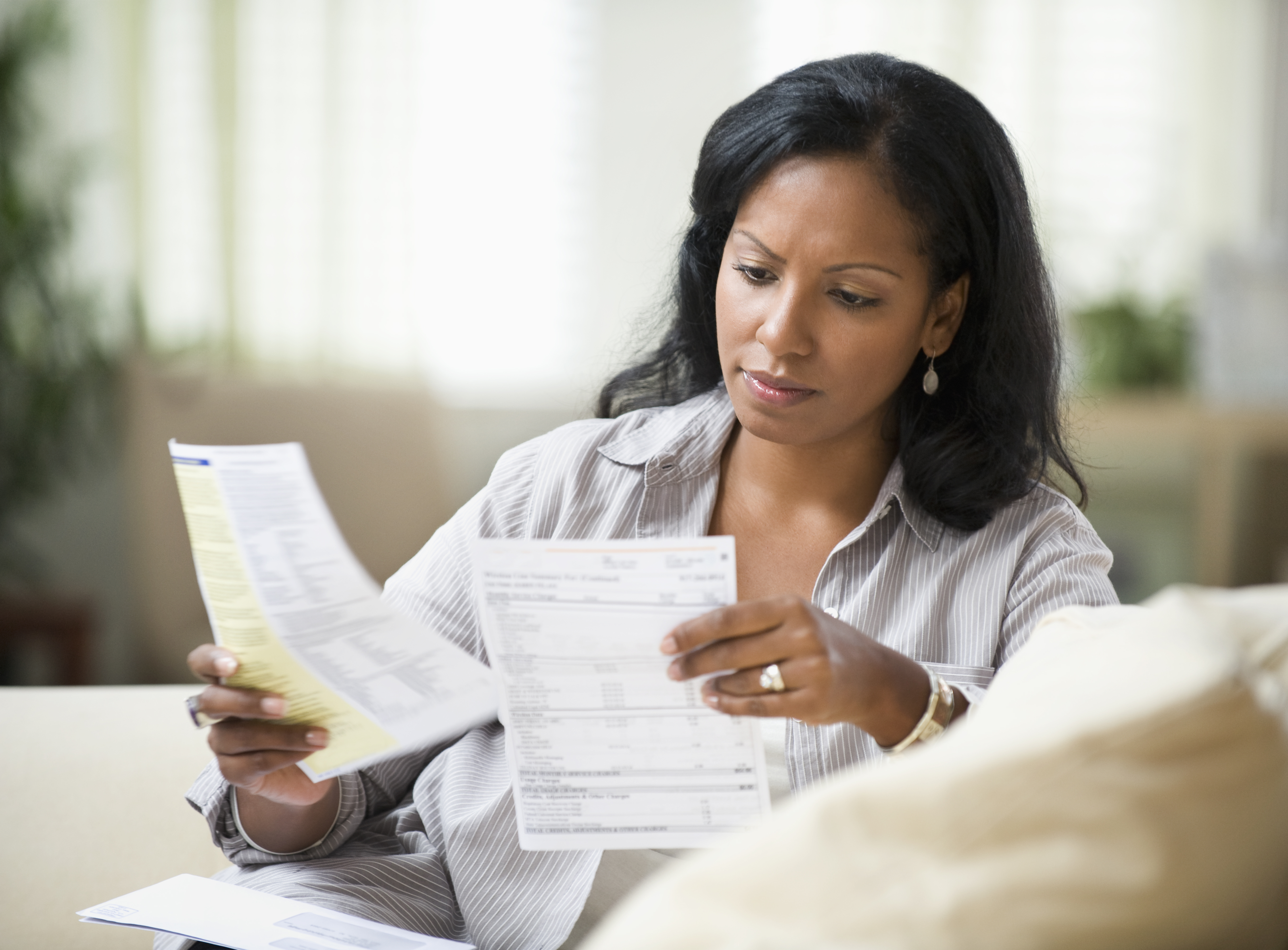The US electric grid is aging and becoming increasingly vulnerable to power outages and supply disruptions, particularly as the demand for electricity rises. During times of high energy consumption, such as in the evenings when families return home from work, demand often exceeds supply. To avoid blackouts, utilities frequently have to turn on expensive backup power plants that may run on fossil fuels.
To mitigate these challenges, utilities nationwide are exploring innovative ways to lower electricity demand during peak periods. One of these is through programs that incentivize home solar and storage. As homeowners install more solar panels, with or without home batteries, demand for electricity from the grid reduces.
Let's take a closer look.
What are the benefits of joining utility solar programs?
Utility solar programs encourage homeowners to install solar panels and proactively manage how and when they use the energy their panels generate. While programs vary widely in what they offer, they typically aim to lower the cost of installing panels, incentivize homeowners to sell surplus solar energy back to the grid and encourage households to be more efficient in how they use their power.
Incentives are often in the form of credits on energy bills, rebates and upfront cash payments. But beyond the financial rewards of participating, utility solar programs also give homeowners much more transparency and therefore control over how their household uses energy. This in turn helps drive greater energy efficiency and lower bills.
Photo courtesy Blalock Electric & Solar and Panasonic Eco Systems
What type of utility solar programs are there?
Demand response
Demand response programs encourage homeowners to reduce or shift their electricity usage during times of high demand to ease pressure on the grid. In practice, you will either be notified by your utility of a demand response event and then you can manually turn off your energy-intensive appliances. Or, it may be that your utility can automatically lower your usage of these devices.
In return for your participation, the utility typically provides a financial reward. Programs can vary widely in what they offer and they all have their own eligibility requirements. For example, the Duke Energy PowerPair program requires homeowners to combine solar panels with a battery in return for a one-time incentive of up to $9,000.
Net metering
Solar panels generate electricity during the day when the sun shines. If you're not at home to use this power and you don't have a battery to store it in, then instead of your free, clean energy going to waste, a net metering program allows you to send it back to the grid in exchange for credits on your energy bill.
You can use these credits to offset future electricity bills, such as on a cloudy day or overnight when your panels aren't generating any power. The value of the credits you receive varies widely. Some utilities, for example, cap the credits you can receive, while others allow you to roll credits over from month to month. More than 30 states currently have net metering rules in place.
Virtual power plants
Homes today often have different energy resources, such as rooftop solar panels and batteries. Inside the home, you probably have many different systems that connect to these resources, like electric vehicle chargers, smart thermostats and electric appliances. Any household device or appliance that is connected to the grid and the internet can be linked to other household devices across a neighborhood or region. This connection can help to create a vast network known as a Virtual Power Plant (VPP).
VPPs are often (but not always) controlled by utilities, which use them to better balance supply and demand. During peak periods, for example, utilities can automatically lower the energy usage of devices in their networks and tap into power stored in systems such as batteries. This lowers the likelihood that they will need to switch on expensive backup power plants.
In return for joining a VPP, utilities offer a range of incentives, such as upfront cash payments or ongoing payments every time your system is used to support the grid. Some even offer incentives to lower the costs of buying solar panels and batteries.
Time-of-use rates
Time-of-use rates are utility pricing models that charge homeowners more for electricity during times of peak demand. They're designed to encourage homeowners to shift their electricity consumption away from these times of high demand, to reduce stress on the grid. Solar panels — particularly when paired with batteries — can help you make the most of these rates, by enabling you to store surplus solar power when you're not home to use it, and then tap into it when grid electric rates surge.
How do I join utility solar programs?
There are so many different solar programs offered by utilities, with eligibility requirements and incentives varying widely between them. Start by contacting your local utility to understand the types of program they offer, the criteria for joining them and what the application process involves. If you haven't yet installed solar panels, it's also worth speaking to your installer, who should have a strong local knowledge of the incentive programs offered and which ones you may be eligible for.
Utilities are increasingly introducing new incentive programs to encourage more homeowners to install rooftop solar panels and batteries. If you plan to add solar panels and battery storage to your home, working with a trusted local installer will ensure you don't miss out on any generous incentives in your area. When you’re ready to get started, a Panasonic-authorized installer can help you find the right solar and home battery solution for you.





